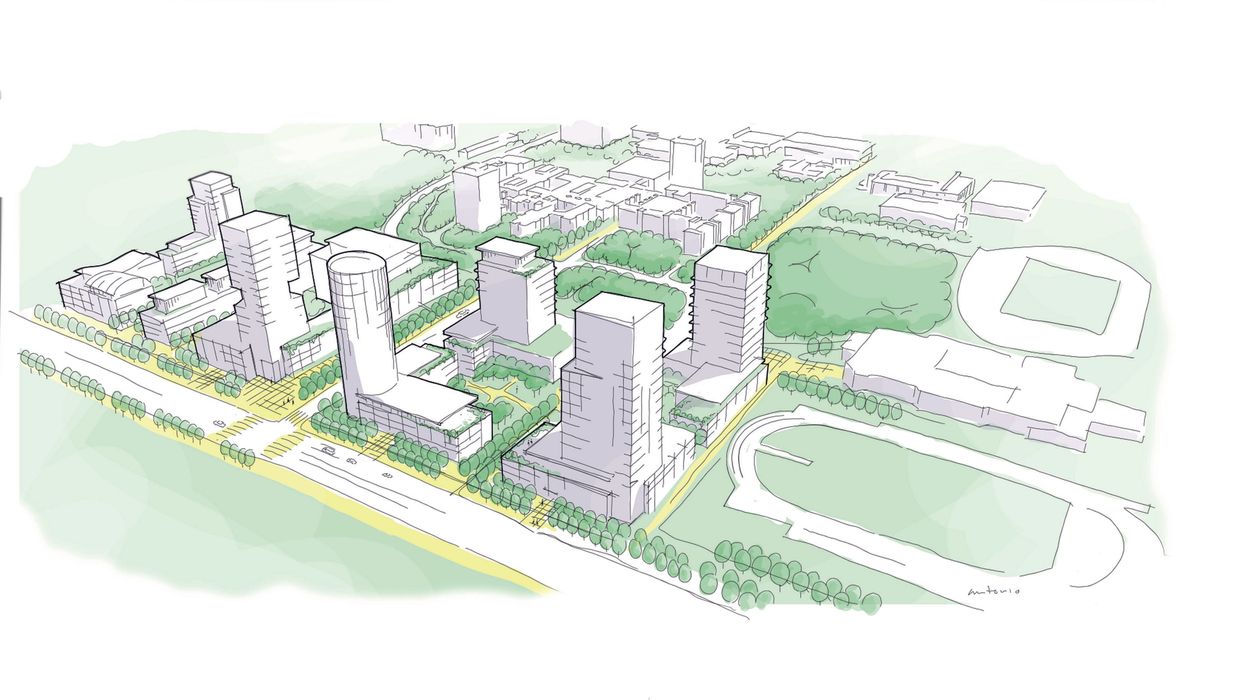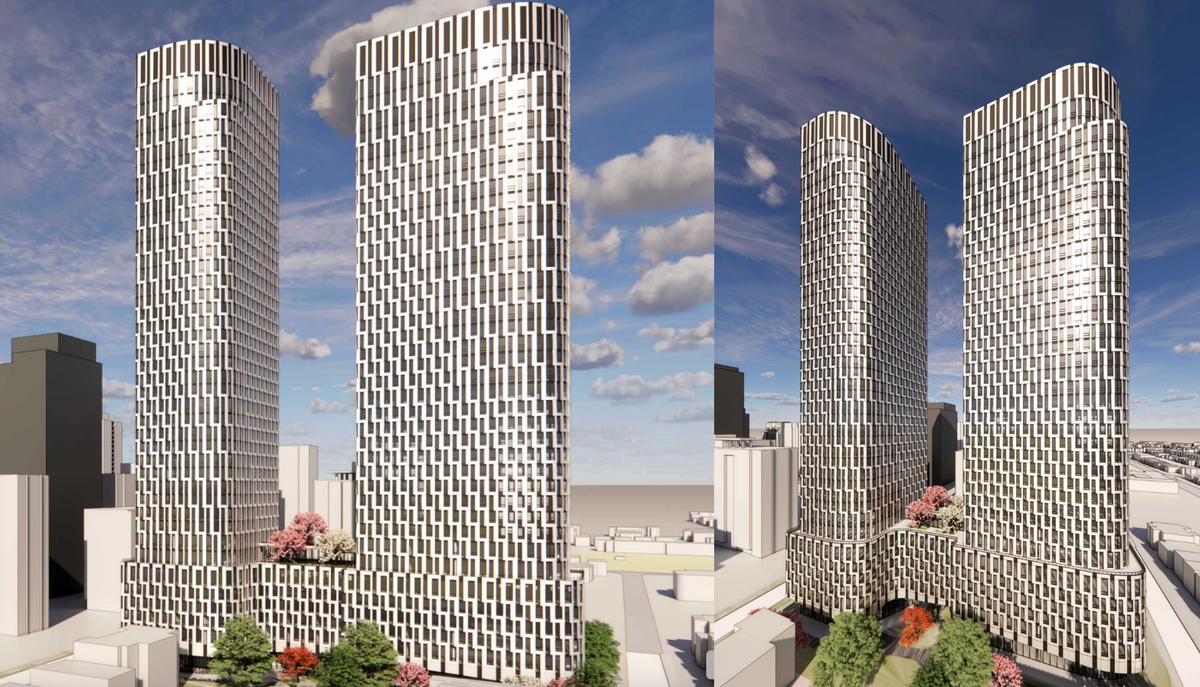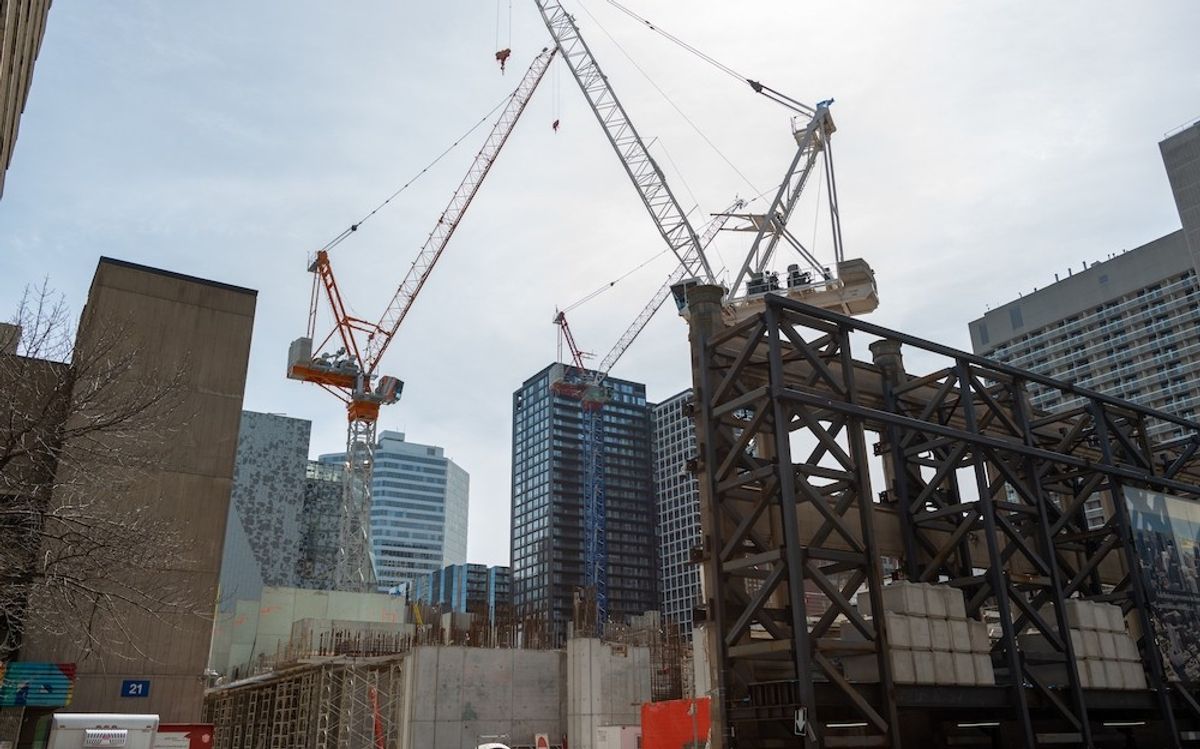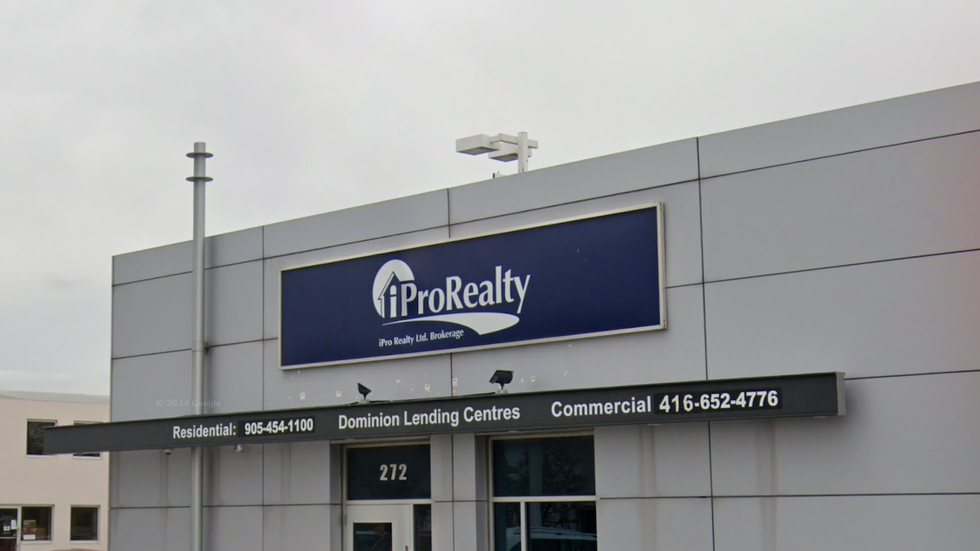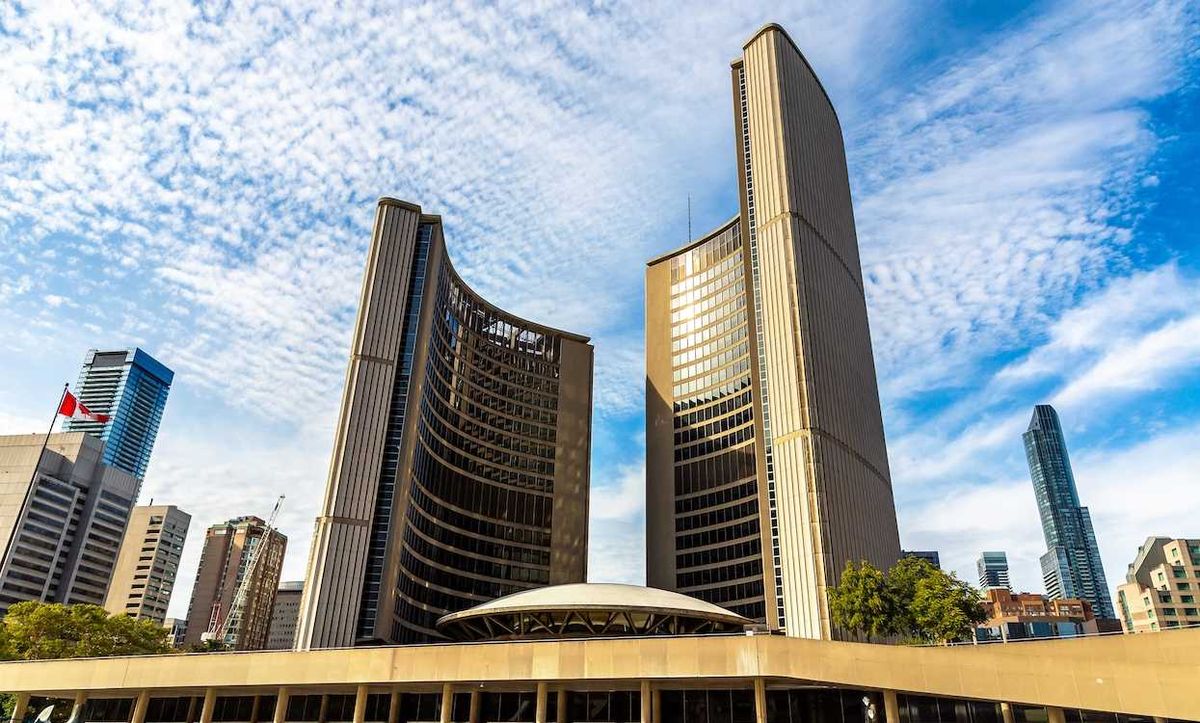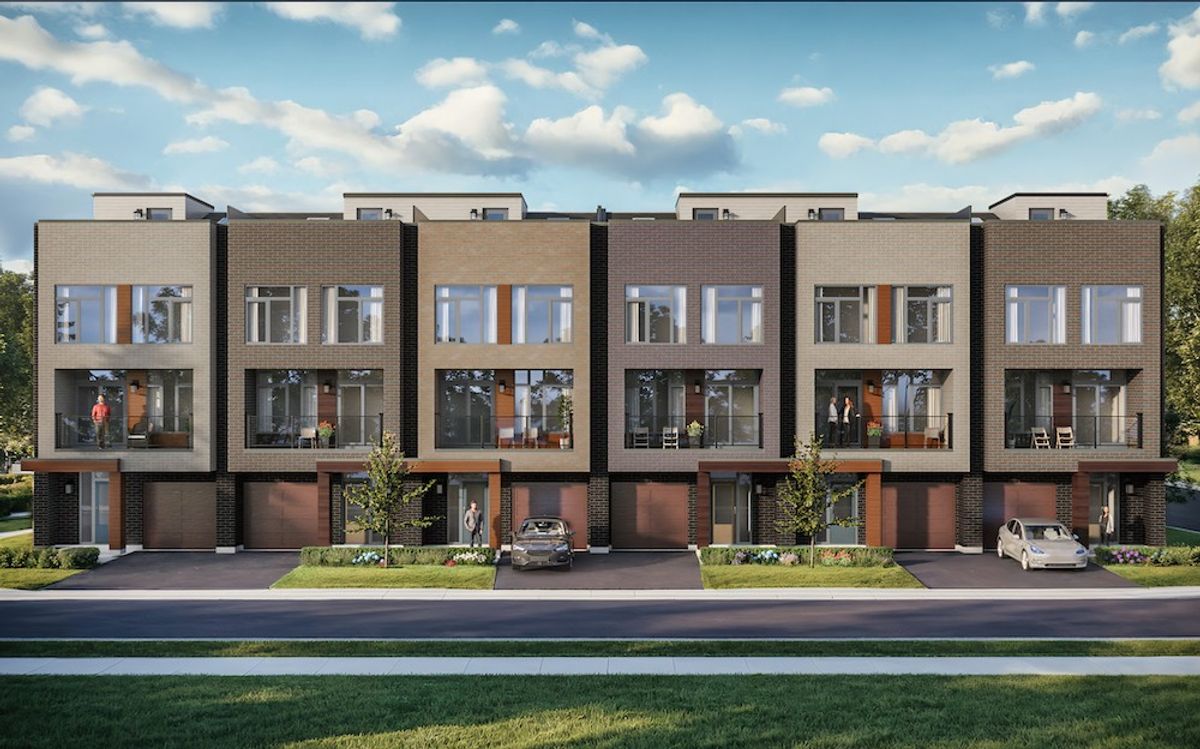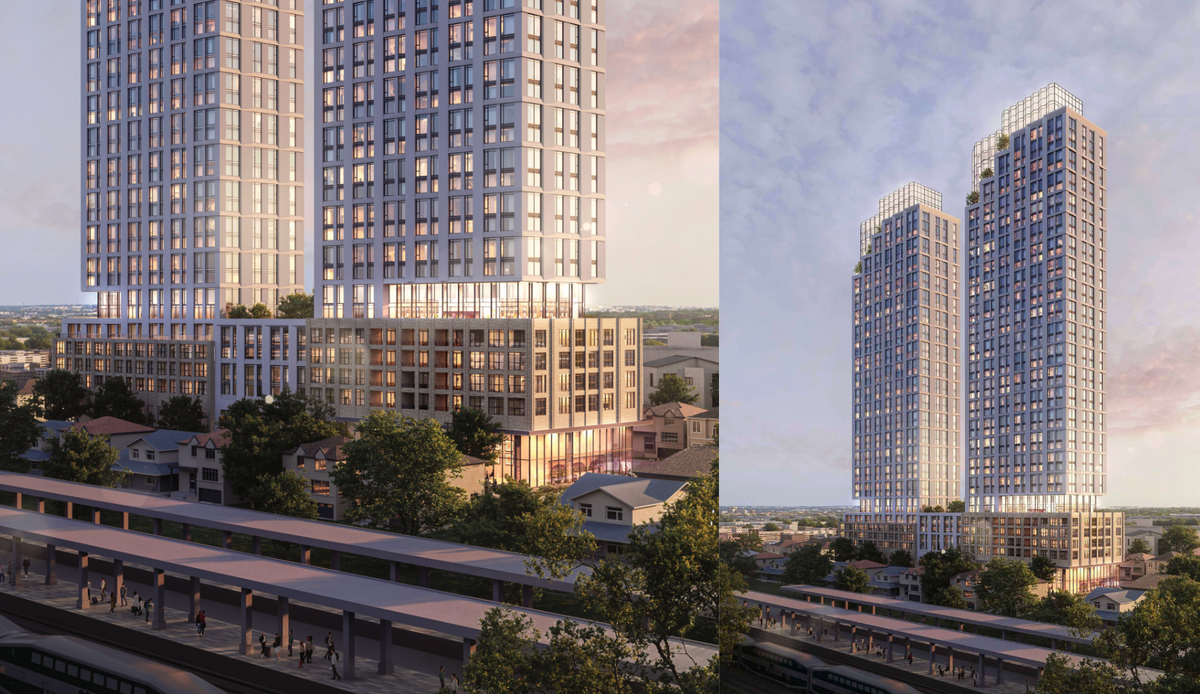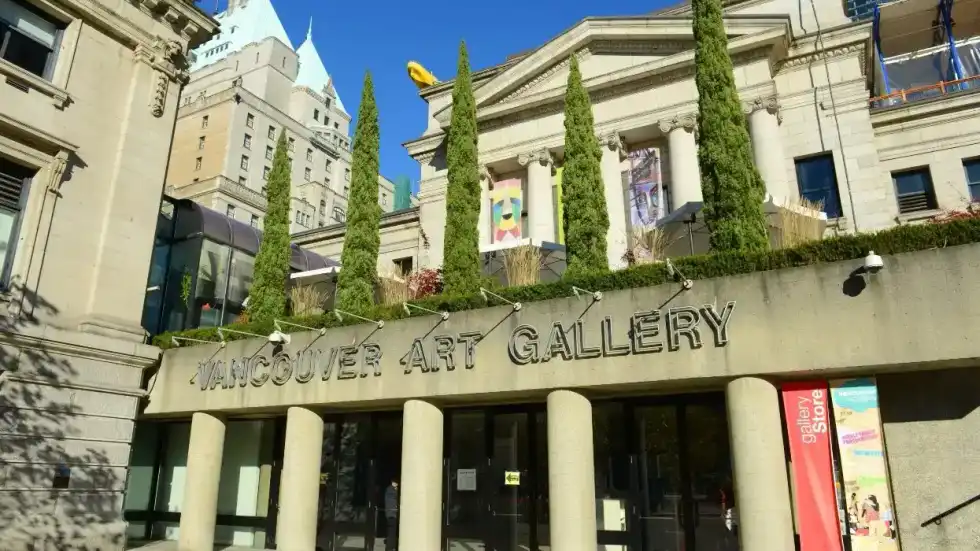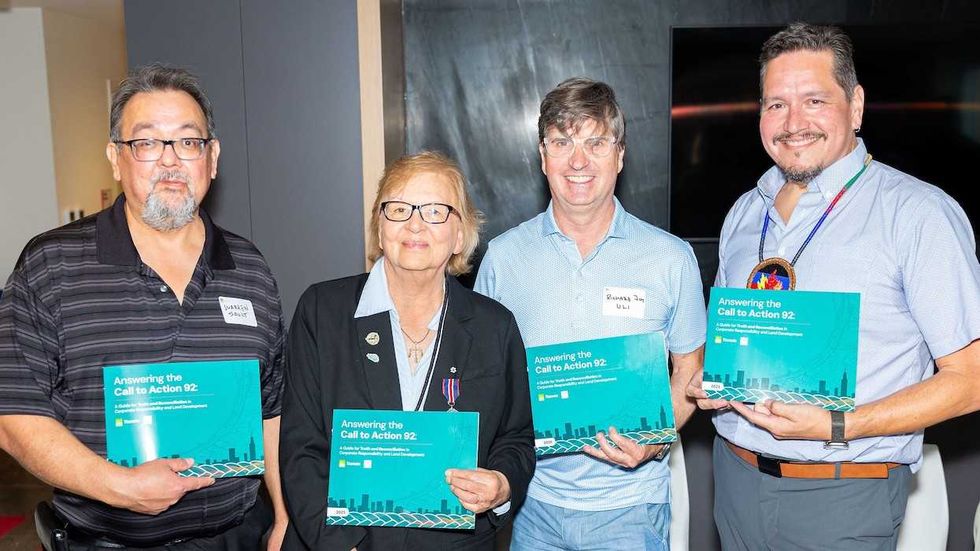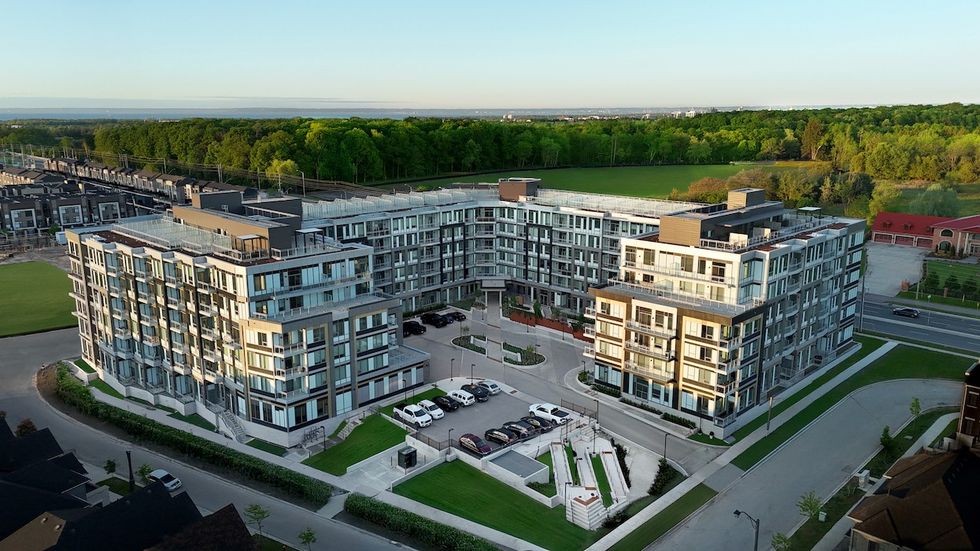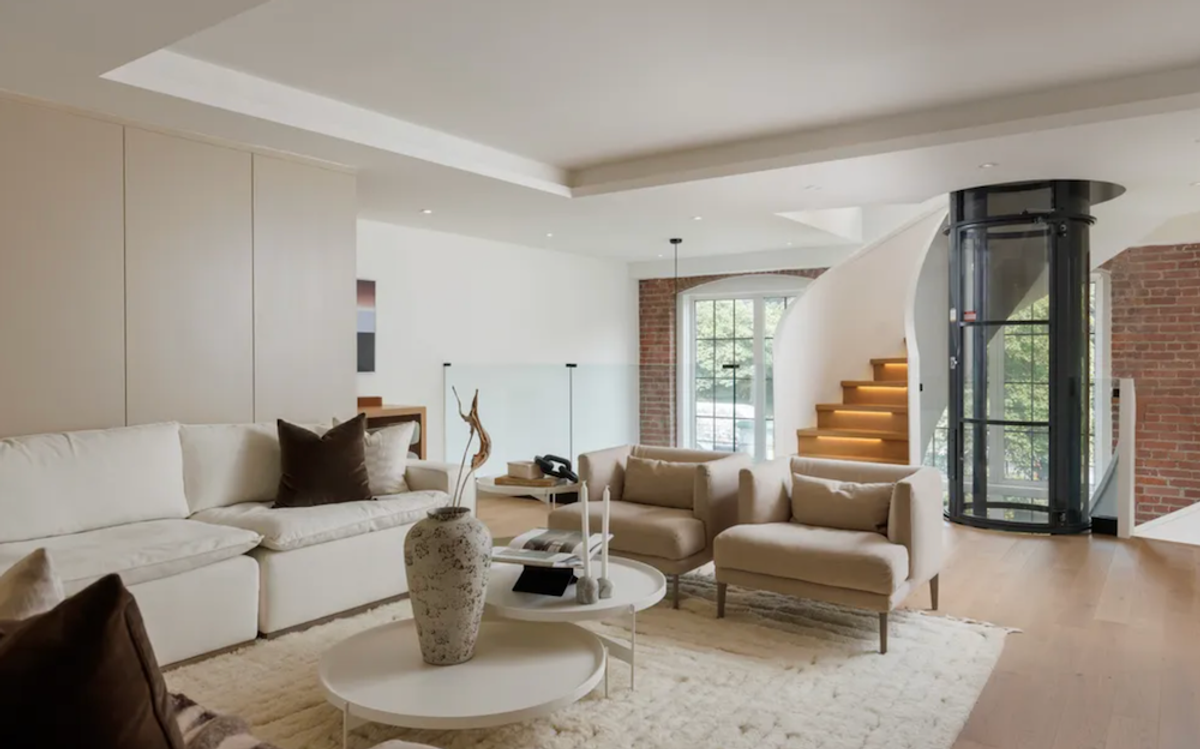Ontario universities have long faced funding challenges, and public underfunding and domestic tuition freezes tend to lead to a reliance on pricier international student tuitions. But as international student numbers dwindle due to the implementation of lower immigration targets, universities must find innovative ways to boost revenue — while continuing to deliver world-class services to their students and communities.
One asset institutions are increasingly using to provide an avenue for long-term resilience and revenue is land. More specifically, developing institutionally owned lands in a transit-oriented, mixed-use fashion that promotes investment from a diverse array of industries. Enter: innovation districts.
Amit Price Patel, Partner, Urban Designer, and Architect at DIALOG, describes innovation districts or communities as "places where there are economic assets, where there are physical assets, and [where] there are networking assets to allow for a culture of innovation to thrive." These spaces are dense, well-connected, and contain a wide spectrum of uses from housing to research labs, start ups, retail, corporations, educational spaces, community spaces, and beyond.
The idea is that by diversifying the types of uses found in one area, you allow for more resilient revenue streams and create an environment that fosters innovation and community connection.
"This idea of zoning, of separating uses out, is a relatively new concept, as far as humans and how we live are concerned.[...] People want to live in neighbourhoods, they want to be able to walk to work, they want to be where they can meet with other researchers, other interesting people, other industries, and create great ideas," Price Patel tells STOREYS. "And that happens all in close proximity. That happens when there's different types of people intersecting with each other. It can't just be a monoculture."
DIALOG recently worked on an innovation district project for the City of Victoria that focused on enhancing and attracting diverse streams of investment and jobs to the neighbourhood of Rock Bay, just north of the downtown core, but Price Patel says the company typically works on university affiliated innovation districts. "[Universities are] where innovation districts tend to be, because that's where all the brain power and a lot of government research dollars go," he says. "So that's kind of a natural synergy to attract private investment."
Paired with the need for more diverse and future-proof streams of revenue and the availability of lands, universities make the perfect incubators for innovation districts.
"The University of Guelph, York University, University of Waterloo, universities here in BC as well, they are looking at their surplus endowment lands that aren't part of the core campus to help generate revenue," says Price Patel. "Broadly, the idea is that, by introducing greater mix of uses, attracting private investment, looking at partnerships with other institutions, that's going to make the universities more resilient and help them integrate better into their cities and their neighbourhoods."
At York University in north Toronto, the impetus for their Keele Campus Vision and Strategy, which DIALOG worked on, was the delivery of the Yonge-University subway extension. The extension project resulted in two new stations located within York's campus, positioning it as a more attractive destination for industry investment and institutional growth, but also better supporting the students and workers on campus.
"The subway was built in 2017, so that new accessibility around the university created a level of excitement in wanting to continue the university's academic vision and attract investment partnerships," a spokesperson from the York University Development Corporation (YUDC) tells STOREYS. "The university had come a long way and it seemed a good time to start to build on optimizing the [Keele Campus] lands."
In total, the project will include the development of around 190 acres of land to be carried out over the next 25 to 30 years. This will include the delivery of different types of housing, such as student housing, affordable rental, seniors housing, and market housing like multi-family buildings, town homes, condos, mid-rise apartments, and live work spaces. In addition, the community would contain office, commercial, academic, research, and community uses, creating a collaborative and inter-linked landscape.
The project would be centred around Harry W. Arthurs Common, which will continue to serve as the heart of Keele Campus, and would contain four new neighbourhoods: South Mall, Creekside, Northwest Gate, and Innovation Gate.
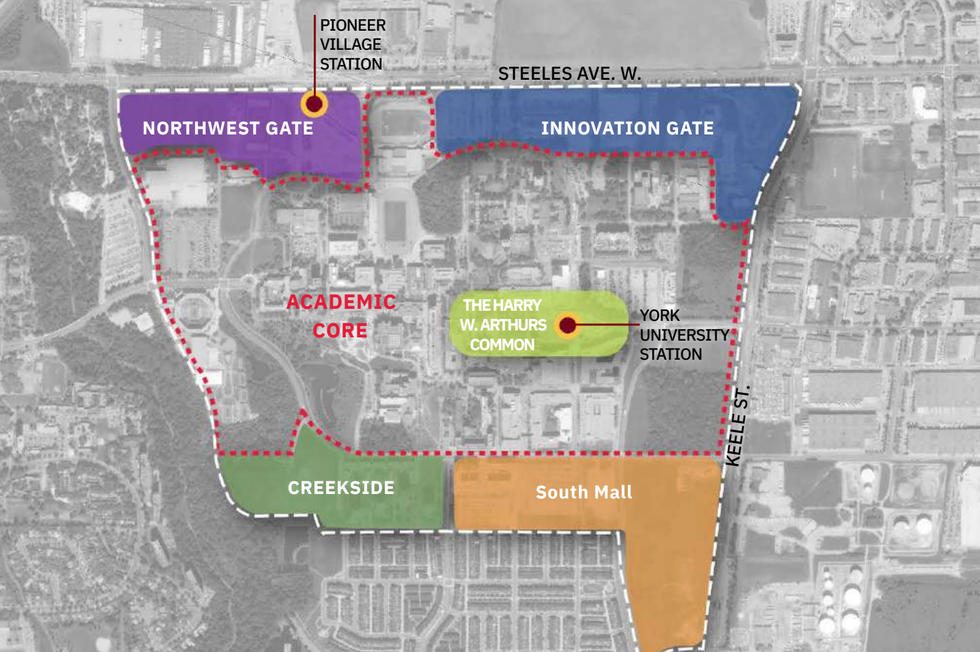
South Mall would serve as the campus's downtown and would contain a mixed-use residential neighbourhood with varied uses, including restaurants, childcare, community spaces, health-and-wellness services, and commercial spaces for start ups and businesses. West of the South Mall would be Creekside, where a quieter, low-intensity residential neighbourhood is planned, alongside a potential Indigenous centre. In the northwest corner, would be Northwest Gate, anchored by the Pioneer Village subway station and containing higher-intensity residential buildings with office and other commercial uses. Finally, Innovation Gate, in the northeast would home to academic and business uses where innovation, research, commercialization, and entrepreneurship meet.
"What makes the Keele Campus Vision & Strategy innovative is its holistic reimagining of York University’s role as both an anchor institution and a city-building partner. [...] It invites cross-sector collaboration, attracts investment and partnerships and creates sustainable revenue while optimizing existing assets," says the YUDC spokesperson. "It offers a full spectrum of housing, from student residences to market rentals to affordable housing, addressing a critical need. It also links academia, research, business and community through spaces for collaboration."
